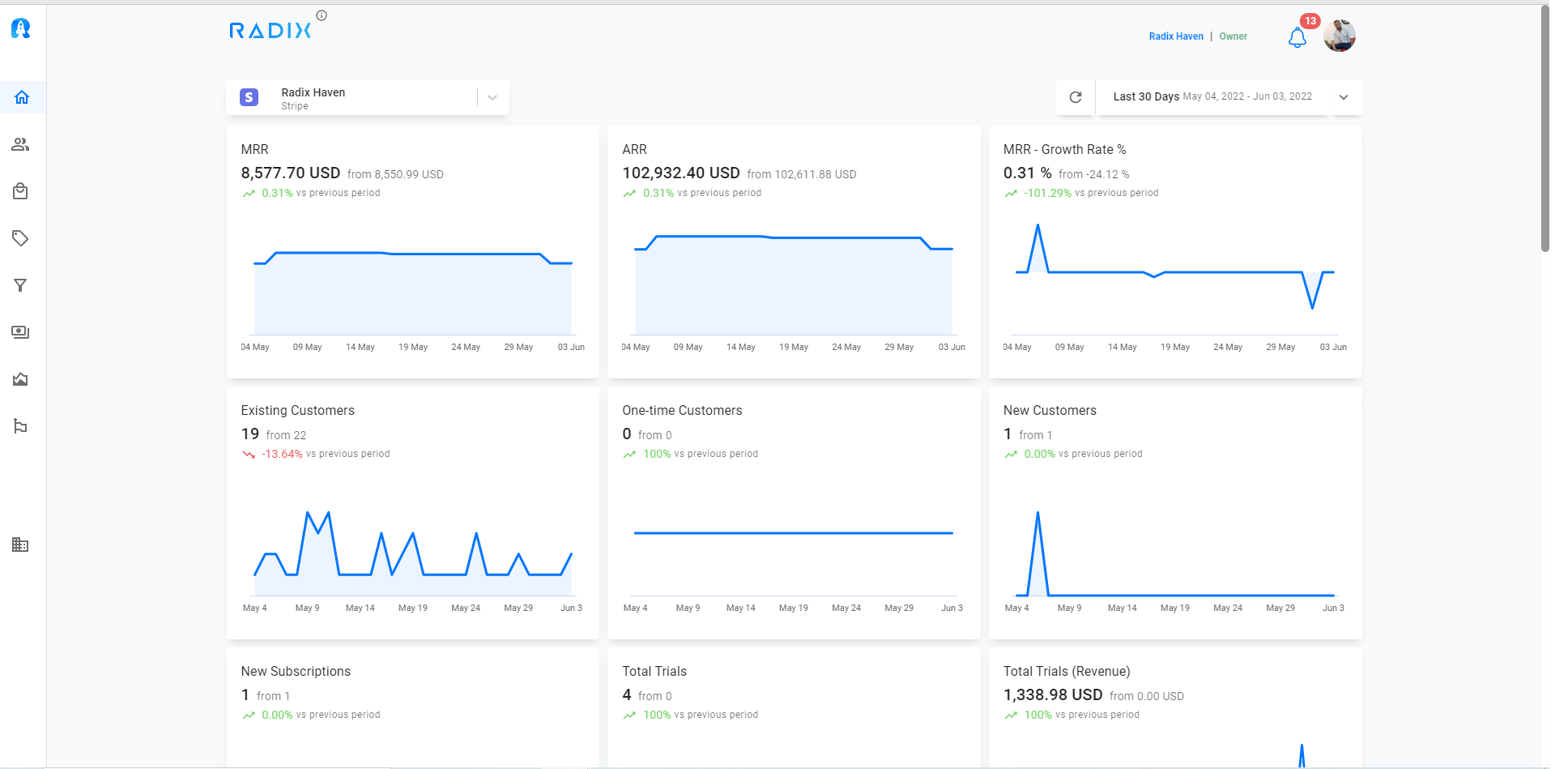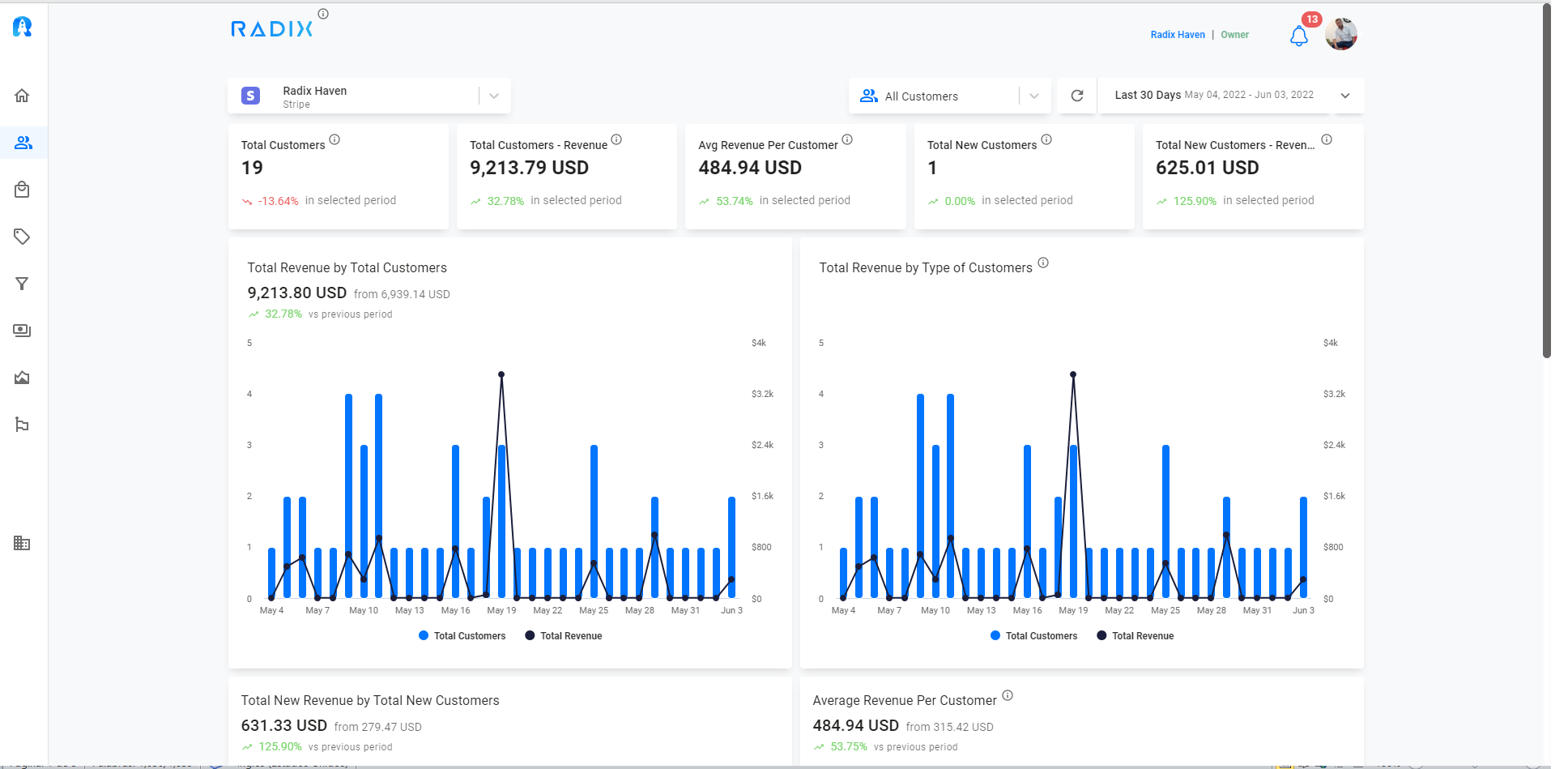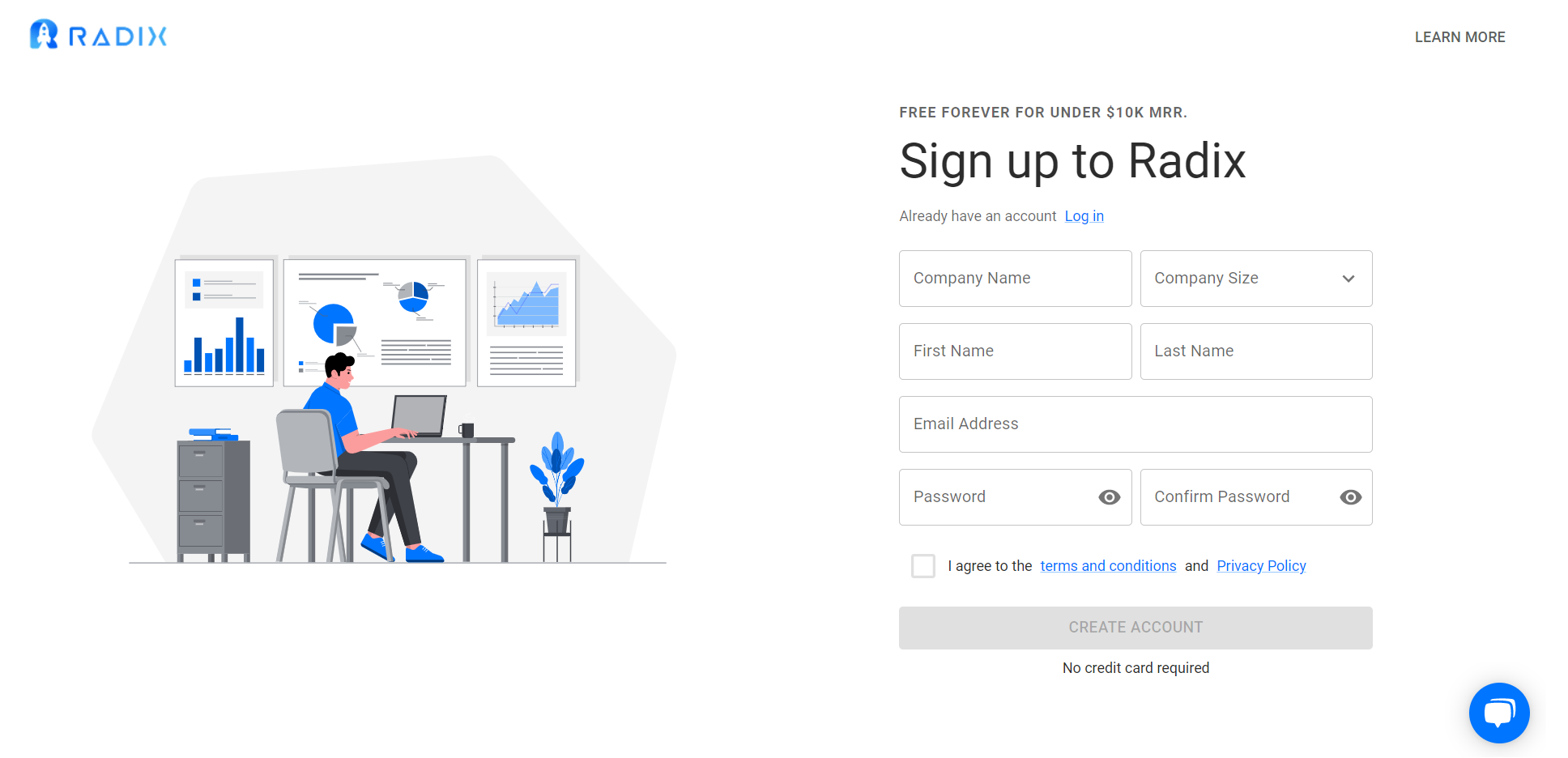When you’re running a SaaS business, it can be easy to lose sight of the big picture. Stripe SaaS metrics like MRR and growth rate are great at keeping up with your progress – but making sure you’re not making any mistakes in the process is just as important.
If you’re already tracking metrics like MRR and subscription numbers, then you’re on the right track. But if you’re feeling a little lost, here are five mistakes to avoid when tracking Stripe metrics so that you can keep your focus on growing your business.

Why is it Important to Track Stripe SaaS Metrics?
The need for tracking Stripe SaaS metrics becomes more important as your business grows. If you begin with a limited number of customers, you can easily track each and every aspect of your operations by creating reports manually.
Tracking each metric manually can become unmanageable as the number of customers increases.
If you use an automated service to generate the metrics, it’s better to have some system in place that could generate different reports without having to manually visit multiple websites and input data each time. Try Radix for Free!
Tracking Stripe SaaS metrics will help determine your company’s success. Are you on pace to meet your objectives? You won’t know unless you look at your analytics. It will also assist you in identifying possible problems in your company and correcting them before they become major issues.
Ultimately, tracking SaaS metrics can help you make better decisions and allow your company to grow quicker.

5 Mistakes to Avoid When Tracking Stripe SaaS Metrics
Unfortunately, there are many common mistakes founders make when they try to track their SaaS metrics. And I’m here to share with you the five most common mistakes in hopes of helping you avoid them!
1) Keeping Track of Too Many Metrics
Monitoring your business’ key performance indicators (KPIs) is important, but it’s also key not to track too many. Focusing on tracking the right metrics allows you to judge the success of your business and make data-driven decisions.
An enormous amount of data might make analyzing SaaS metrics difficult.
Instead, we suggest taking a step back and focusing on only a few key metrics. Then, to truly comprehend what the data is showing you, you must dig deeper into such metrics.
For instance, instead of measuring your business’ customer churn rate, track your best products and see which performs best. This will help you realize what your customers love about your company and carry out improvements.
2) Ignoring Your Business Model: A Recipe for Disaster
Be careful to think about your company model. Are they the optimal metrics for your solutions?
If so, look for an alternative set of metrics that are more appropriate for your case.
Always keep in mind that you’re running a SaaS company, not a typical hardware store. As a result, you must keep track of and evaluate several metrics.
Remember: you are not selling TVs; therefore, you will not be tracking inventory or foot traffic.
SaaS businesses have to focus on, for example, MRR, ARR, LTV, ARPU, etc
3) Not Taking Into Account your Financial Circumstances
When choosing the right metrics to track, you must evaluate your business goals and consider your investment plan. By doing so, you will be more prepared to make a precise decision when it comes time to decide which metrics are right for you.
Ignoring these factors can lead organizations to choose the wrong metrics, which can in turn affect their decision-making and limit their ability to meet business goals, or even understand what they hope to accomplish from their software business.
After all, with so many factors at play, you want to be sure not to overlook any small detail.
Consider if you are a:
- bootstrapped company: MRR, CAC, LTV
- Investor-backed company: Cost per Lead, NPS, etc.
4) Using Just Quantitative Metrics As A Basis For Decision-Making
Focusing on quantitative metrics exclusively will create blind spots in your SaaS company by leaving other important metrics to be discovered later.
Consider measuring the qualitative metrics that are most relevant to your business so you can more accurately measure how your growth strategy is impacting revenue and customer satisfaction.
SaaS companies can find great value in non-quantitative metrics. They’re more qualitative, but they’re also comprehensive and representative of a user’s entire experience with your product. And this is important because it ties into how we focus on the customer experience.
After all, SaaS products are only valuable if they’re used by actual customers and provide them with real value. Gathering data on those users beyond basic metrics will help you understand them better, informing future product decisions and keeping customers happy.
5) You Are Not Segmenting Your Customers
Customer segmentation is something SaaS companies should be thinking about, but making the decision to segment can be difficult. Segmenting is useful because it allows companies to serve different groups of customers in different ways, thus improving their relationships and their bottom line.
Segmentation is a powerful tool in the hands of any SaaS company, allowing them to craft an individualized experience centered around solving their users’ problems. The best solution is to segment your customers by their needs and provide them with specific services.
You’ll gain a clear image of your business by segmenting your customers.
For example, you may discover that your small company customers churn at a greater rate than your larger customers. You may then create a strategy to assist you to retain more of your small business customers while not negatively impacting your corporate customers.

Track, Analyze & Grow your Stripe SaaS Metrics with Radix
Radix lets you view your metrics on Stripe with a variety of different interaction filters and statistics.
If there is anything you need to know about your metrics, Radix will tell you the truth.
Ultimately, the right tool for your business’s Stripe account depends on you and how you can best use that information to improve your business. After all, money isn’t made in the living room. So, when it comes to Stripe, choose wisely where to spend your time and energy.






